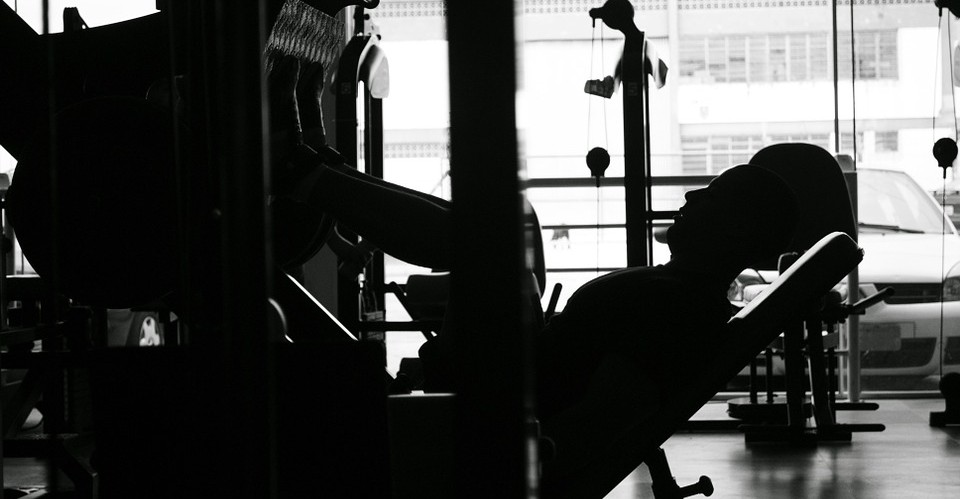Interest in satellite cells have been around for awhile. Briefly, satellite cells are cells that are located between the outer and inner parts of the muscle fiber membrane. They are thought to be extremely important to hypertrophy, in fact they may be what provides the material to allow hypertrophy to occur. Previous research has shown that those individuals with the greatest increase in satellite cells as a result of training also make the greatest gains from training in terms of muscle fiber cross-sectional area (see Petrelle et al 2008).
In the November issue of the Journal of Strength and Conditioning Research, Herman-Montemajor et al studied the impact of different resistance training programs on satellite cells in healthy females. Their subjects performed one of three different training programs:
- Traditional strength: Sets of 6-10RM @80-85% of 1-RM
- Muscular endurance: Sets of 20-30RM @40-60% of 1-RM
- Slow speed: Sets of 6-10 @40-60% of 1-RM with a ten second concentric phase and a four second eccentric phase
Each group did the same exercises (squat, leg press, and leg extension), trained three times per week, and performed three sets per exercise. After a two week familiarization phase, each group trained for five weeks.
Results:
- The traditional strength group increased the cross sectional area of their muscle fibers by 38% over the course of the study. The slow strength by only approximately 11% and muscular endurance by 7%.
- The percentage of satellite cells also changed from training. The traditional strength group by 118%, slow speed by 27%, and muscular endurance lost 34%.
- The frequency of satellite cells increased for the traditional strength group by 137%, slow speed increased their frequency by 27%, and the muscular endurance lost 30%.
Why is this information interesting? Because it suggests that higher intensity/moderate volume training is going to be more effective at optimizing muscle-fiber adaptations than higher volume/lower intensity or slower speed training. Does slow speed training “work?” Yes, but it is not as effective as the more traditional approach to strength training. If the goal is muscular development or strength, then the muscular endurance training appears pretty useless.
This is important to the coach who is attempting to maximize an athlete’s limited training time and limited ability to recover. If the goal is to get the most out of the weight room, then a coach needs to be focusing on the training that is most effective.
Now, several limitations to this study. This was not a group of highly trained athletes that were studied. This always complicated matters because we don’t know if these results would translate. We don’t know if a trained person would experience similar gains, at what point do those gains taper off, etc. So this needs to be kept in perspective. Still, it’s interesting to note that different types of training have different impacts on muscle-fiber adaptations and the satellite cells.
References:
Herman-Montemayor, J.R., Hikida, R.S., and R.S. Staron. (2015). Early-phase satellite cell and myonuclear domain adaptations to slow-speed vs. traditional resistance training programs. Journal of Strength and Conditioning Research, 29(11), 3105-3114.
Petrella, J.K., Kim, J-S., Mayhew, D.L., Cross, J.M., and Bamman, M.M. (2008). Potent myofiber hypertrophy during resistance training in humans is associated with satellite cell-mediated myonuclear addition: A cluster analysis. Journal of Applied Physiology, 104(6), 1736-1742.


